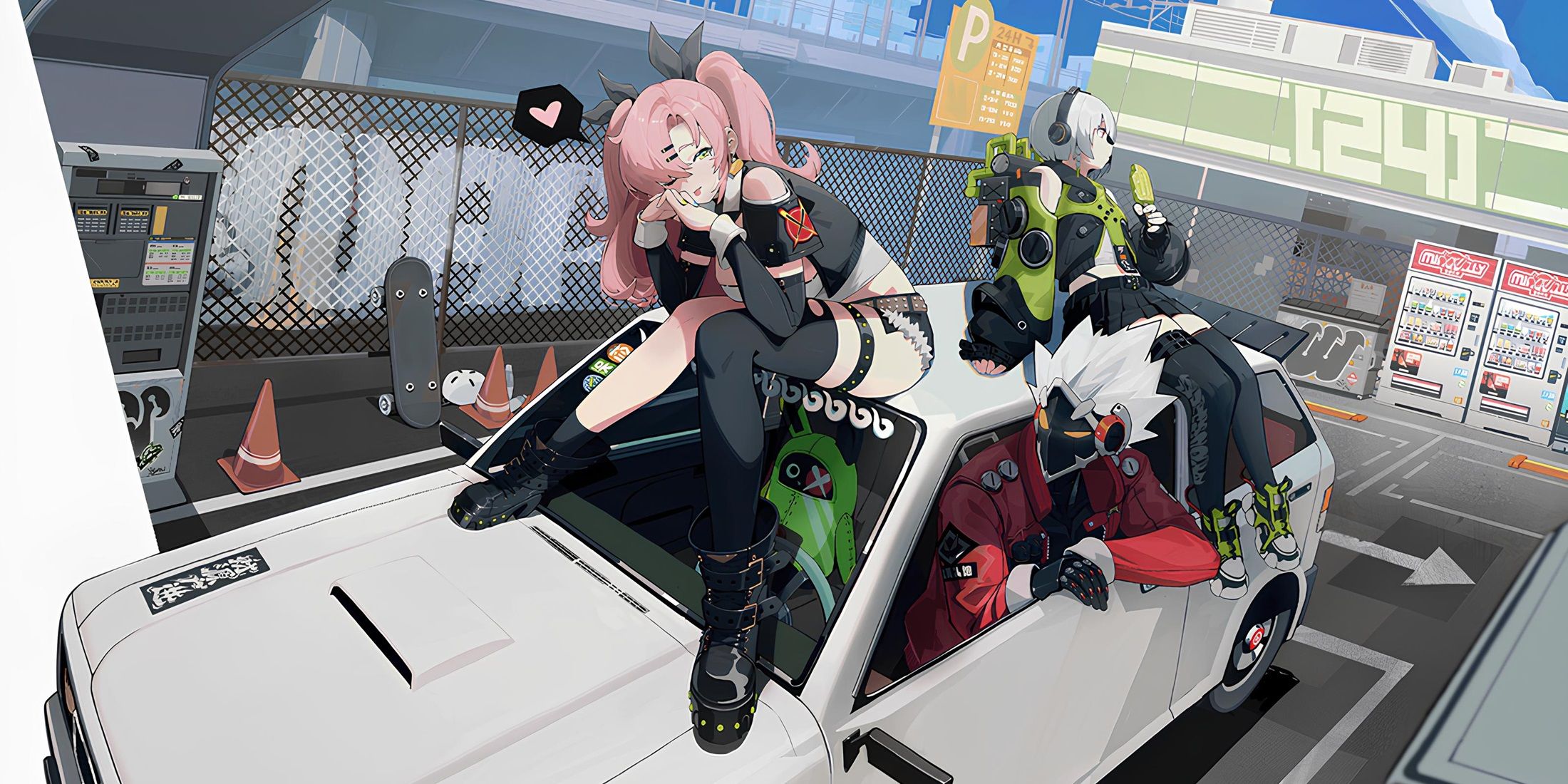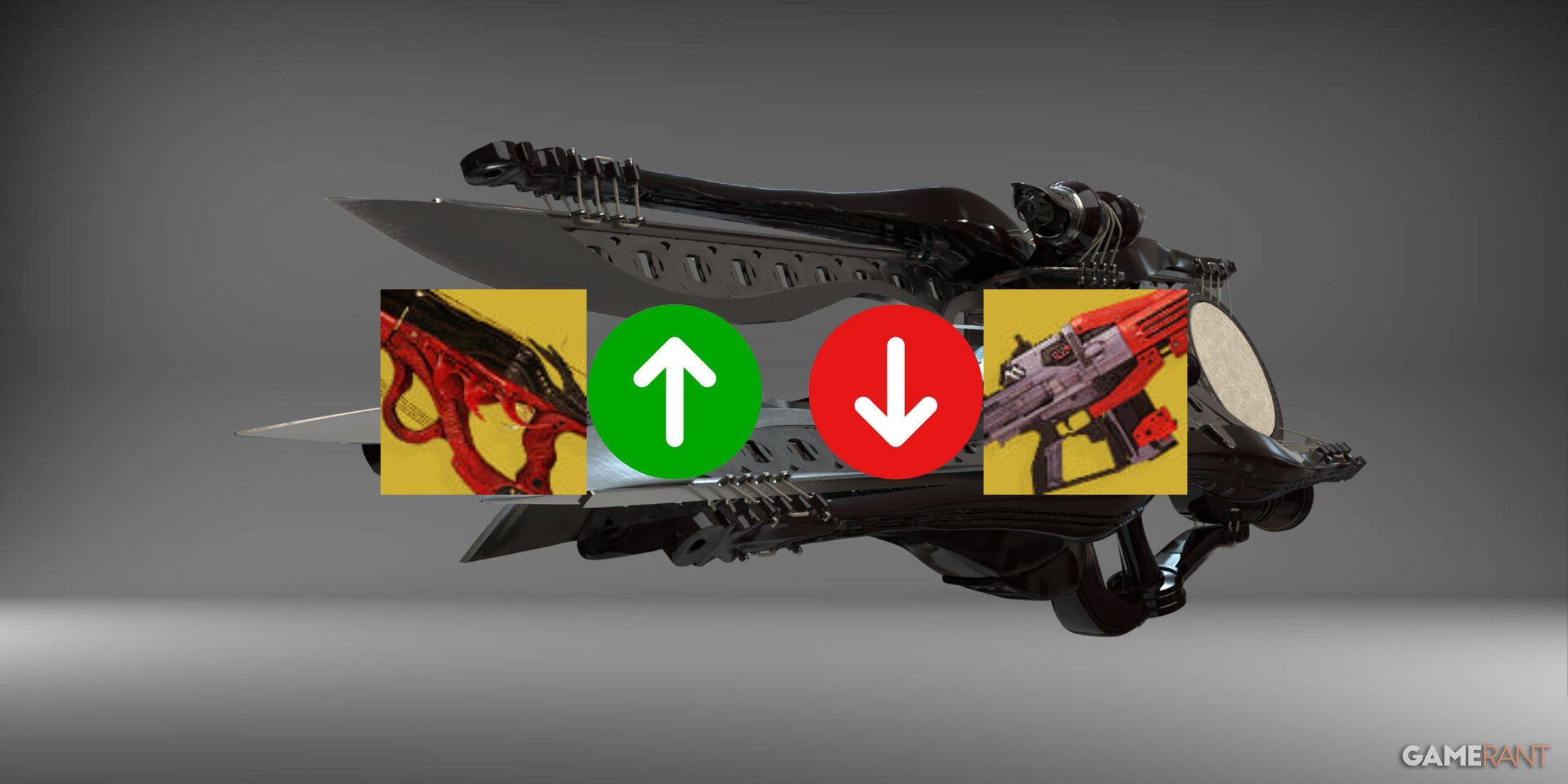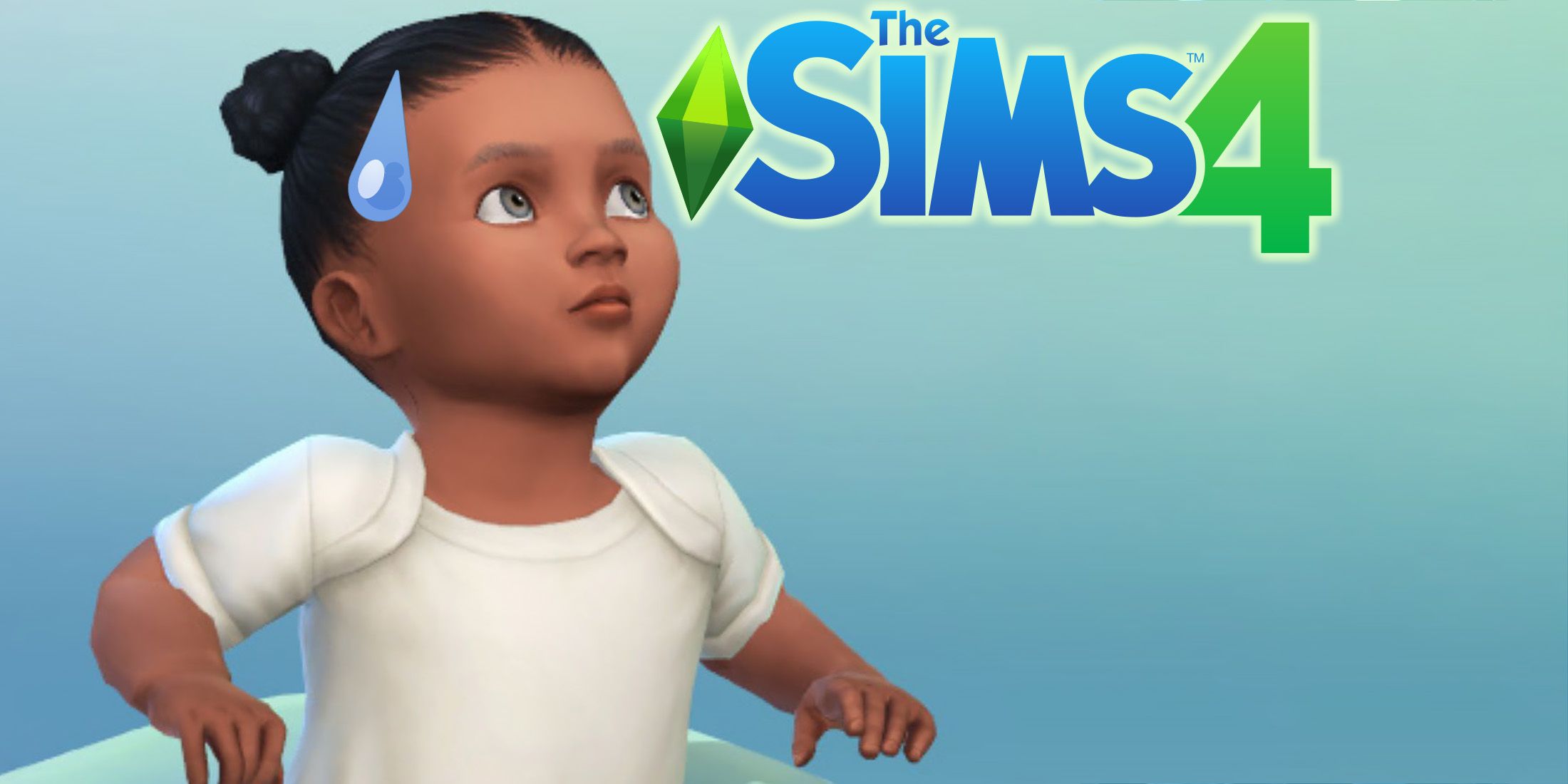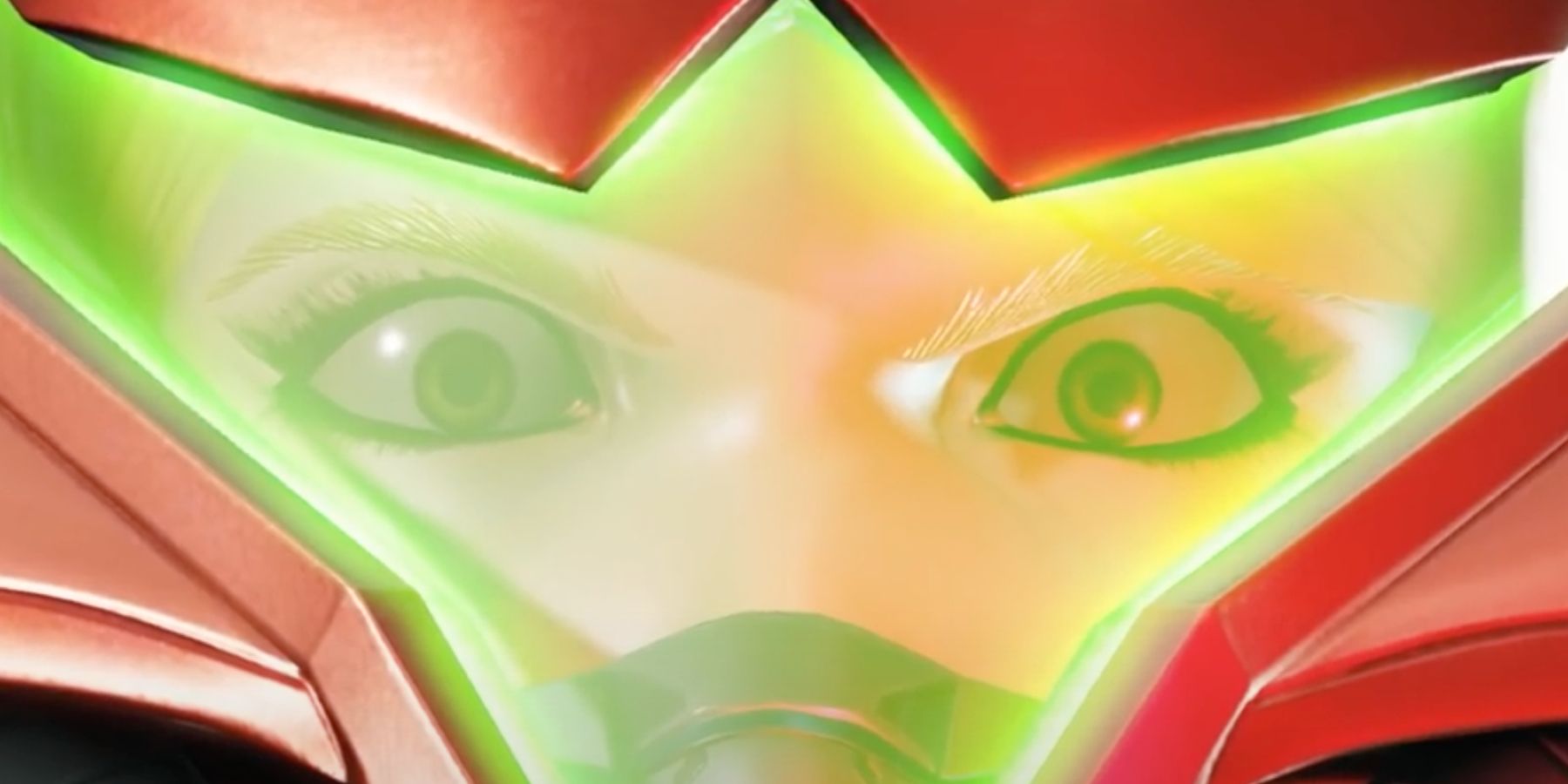Metroid Dread has been met with mixed acclaim since its launch. Some players suggest that Metroid Dread is the best in the 2D series, while other fans have invited discourse about whether a 2D Metroid title is worth its modern price point.
Regardless, it seems that Metroid Dread also serves as a refresher and re-introduction to the franchise for newcomers. Metroid Dread opens with a long debrief exposition before ZDR can be fully explored through teleportals and other methods of transport from Artaris and onward. But one significant name in the video game industry has recently voiced their dissatisfaction with Metroid Dread, citing its environmental progression as a poor design choice, though his own words are much more colorful.
Game Designer David Scott Jaffe, known for his work as a designer and director on the original God of War, has shared a hot take on Metroid Dread that is sure to rub some fans the wrong way. This is not because Jaffe is necessarily right or wrong in his opinion, but because his opinion criticizes a design feature that is prevalent in many 2D Metroid titles that have massive fanbases. Jaffe's critique on Metroid Dread's design boils down to the concept of environmental blocks being hidden from the player with no visual indication of where to progress.
Jaffe depicts the instance that bothered him the most from his own live-stream of Metroid Dread. In the sequence, Jaffe is completely unsure of where to go next, and a chat member in his stream guides him to a specific room where he must fire upon an unassuming ceiling. Infuriated, Jaffe calls this design "bush league" and unacceptable game design. Ultimately, Jaffe believes that fans' nostalgia blinds them to the game's otherwise questionable design ethics.
However, some fans have argued that Metroid Dread informs players of this design feature in its opening tutorial sequence. Indeed, long-time 2D Metroid players may already have this mechanic ingrained into their muscle memory, but perhaps Jaffe is less familiar with the franchise and its environmental obscurities. But it is true that endless areas and chambers can blur in the player's memory, and these tiny environmental interactions may be difficult to locate when overwhelmed by the grand scale of Metroid Dread's global map.
Fortunately, the Aeion gauge's Pulse Radar item helps immensely with this issue, though it is not obtained until players reach Ghavoran. With the Pulse Radar, players may repeatedly scan areas for hidden blocks and no longer miss hidden destructible pieces in the environment. This may be a balm for Jaffe, though Metroid Dread's initial hours may still aggravate him due to its persistence on dizzied exploration.
Metroid Dread is available now on Nintendo Switch.




